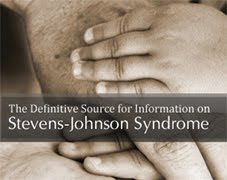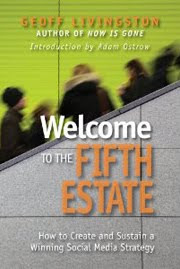 According to government spending on public education, New York spends more per pupil than any other state ($18,126 per student). Utah spends the least ($6,356 per student).
According to government spending on public education, New York spends more per pupil than any other state ($18,126 per student). Utah spends the least ($6,356 per student).Among fourth grade students, Utah scores 240 in math, 221 in reading, and 155 in science. Among fourth grade students, New York scores 241 in math, 224 in reading, and doesn't test for science.
Those test scores are provided by the National Center of Education Statistics. I'll include some numbers for Nevada in a minute.
Money Doesn't Buy Results, Effectiveness, Or Creativity.
It's one of the most difficult notions to grasp, even in communication. When I used to enter, support, or judge creative award competitions, the conversations were always the same. Some people in the field would take a sweeping glance at the winning entries and declare: Of course so-and-so won, they had a bigger budget. They had a better client. They this or that.
You can debate the point with someone who has that mindset all you want. They will never change their minds despite the truth. Campaign budgets have very little to do with successful communication. Sometimes I think big budgets might even hinder them, spurring on the first knee jerk idea that a limited budget could never fund.
In fact, when you have a budget big enough to do anything, sometimes that's the last thing you ought to do. Here's one example that proves the point.
States do the same thing with education. Those without funding claim that funding is the issue. This is the case made ad nauseum in Nevada.
Yet, the Nevada Policy Research Institute says Nevada spends as much as $13,000 per student. Any discrepancy in reporting, it seems, comes from the state only counting its funding without consideration of the funding paid by local taxes and other funding sources. So technically, Nevada is somewhere is the high middle on education spending or more.
But even if per student spending was comparable to Utah, it still doesn't explain test scores. Nevada scores 235 in math, 211 in reading, and 140 in science. Every score is lower than Utah. That's a rotten investment at almost twice the expense.
A Pencil, Paper, And Four Leaves.
I've set some education time aside for my children, ages 12 and 5, this summer. The other day, they went out into the yard and picked up four or five leaves. When they came back in, I showed them how to freehand draw the leaves in a pattern, with the older child also instructed to tutor the younger one (in addition to doing his own).
It's a rudimentary exercise, but lays the foundation for a program. From this exercise, they will learn some basic drawing skills. The next exercise will add in shading for the purposes of tone and texture. The one after that will include two colored pencils (light and dark) to allow for light. The entire program is a variant of a free downloadable drawing class found on iTunes from Harvard (but they aren't watching the videos). There are nine lessons in all.
For my purposes, art won't be the only instruction. As they continue to work with the leaves, I'll be adding in some other subjects. One will include biology. Another history. Another art history. Another math. And certainly, the younger one will learn how to spell leaf. (If I wanted to, I could add a section on business management as well. Not that I want to.)
The entire program is going to cost me about one dollar for paper; maybe a few cents more for pencil lead.
Education doesn't have to be expensive. And neither do campaigns. The bulk of the investment ought to be the time of talent, creating something impactful and memorable. Because frankly, it doesn't matter what you teach as much as it matters what the students learn. And likewise, it doesn't matter how much you spend on a commercial as much as what people might remember about it.








































